How Often Should You Conduct Prescribed Burns?
Comparing current plant structure and diversity to what is desired for the property should always be the guiding factor in determining when to apply fire.
There are many reasons why property owners use prescribed fire. The most common reasons are brush management, wildlife habitat management and forage improvement for livestock. Since the effects of prescribed fire are temporary, property owners need to continually evaluate how often they should apply prescribed fire to accomplish or maintain their land use goals.
FREQUENCY VS. RETURN INTERVAL
The difference between fire frequency and fire return interval is often misunderstood.
- Fire frequency refers to the recurrence of fire in a given area over time and is often stated as the number of fires per unit time in a designated area.
- Fire return interval is the time between fires in a designated area.
Where present, tree scars are the most common indicator of fire frequency and return interval in a particular area, assuming the sampled trees were scarred during each fire event. For example, if tree scars indicate a particular location burned 10 out of 30 years, then the fire frequency would be once every three years. Counting growth rings between tree scars provides estimates of fire return intervals. If, in our example, the 10 fire events occurred in years 2, 8, 9, 15, 16, 17, 21, 24, 28 and 29, fire return intervals would be 6, 1, 6, 1, 1, 4, 3, 4 and 1 years, respectively.
FIRE RETURN INTERVAL GUIDELINES
Based on prescribed fire research in the Southern Great Plains, Oklahoma State University (OSU) developed a rule of thumb that says prescribed fire applied once every three years maintains brush abundance. To reduce brush, burn more often. More specifically, depending on precipitation and site productivity, OSU recommends a two- to five-year return interval to manage resprouting shrubs and trees and a five- to 15-year return interval to reduce fire sensitive species such as eastern red cedar. For grasslands, time since fire is the most important variable to monitor. These are all good guidelines to follow, but closer evaluation of the results of applying prescribed fire at specific locations is always more helpful.
MONITOR RAINFALL TO PREDICT GROWTH
Many factors influence whether prescribed fire achieves particular land management goals. Weather conditions such as relative humidity, temperature and the amount of fuel during the burn are probably the biggest factors. Rainfall and grazing affect the amount of fuel, fuel moisture and fire return interval. Season of burn also influences the outcome of prescribed fire. All of these factors affect prescribed fire intensity, which in turn affects our decision regarding the proper fire return interval necessary to achieve the desired goal(s). Therefore, it is vital that prescribed fire practitioners monitor annual rainfall to predict forage growth, and manage their grazing to ensure adequate fuel loading in order to optimize the outcome of their prescribed burning efforts.
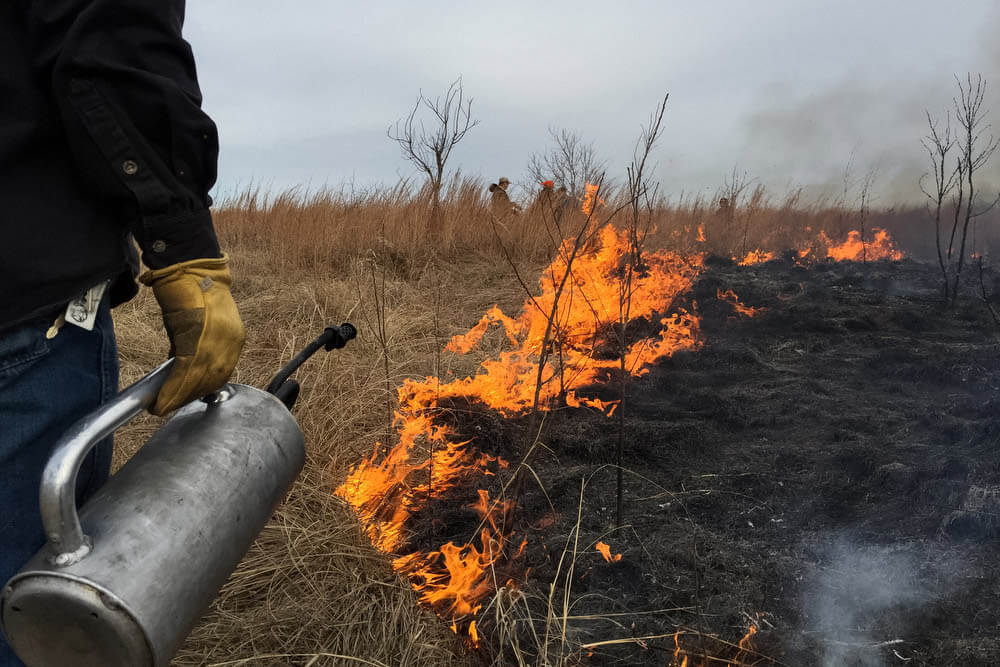
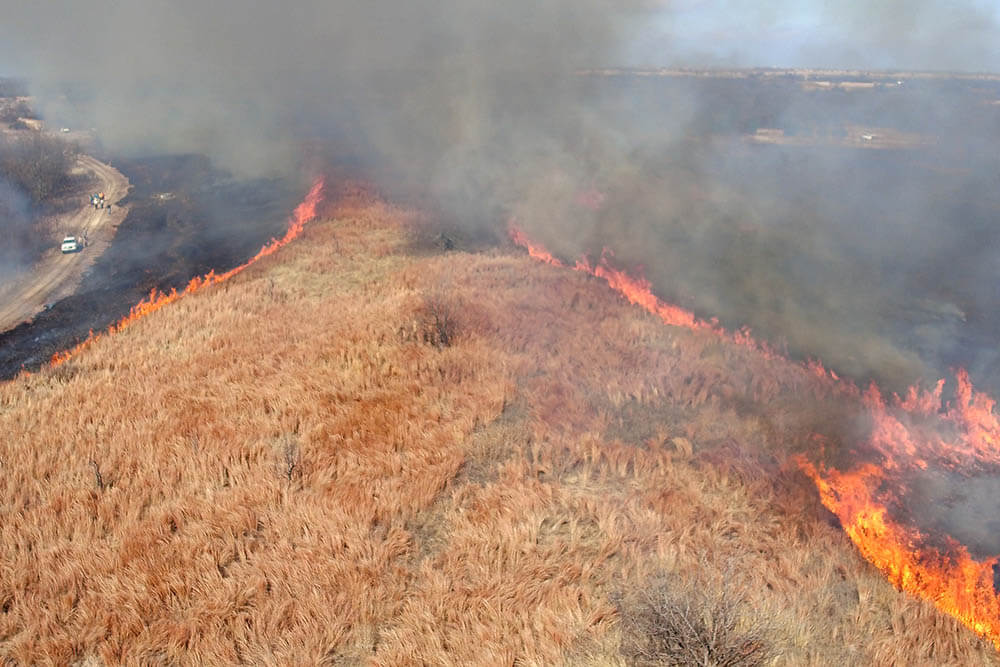
DON’T WORRY ABOUT CALENDAR YEAR
It is not necessary to be preoccupied with planning prescribed burning events based on the calendar. Rather than planning to burn in 2017 and again three years later in 2020, use an adaptive grazing management plan and/or monitor plant growth to burn when plant growth, not a calendar date, indicates that it’s time, based on the goals for the property. Rainfall is the driver of plant growth. In a 1980 study, “Fire ecology and prescribed burning in the Great Plains: a research review,” Henry Wright stated that five- to eight-year return intervals were appropriate in a 20-inch rainfall zone while return intervals could be as often as one to three years in a 30- to 40-inch rainfall zone. Excepting recent droughts, that statement holds true today. The key is to be willing and prepared to take advantage of burning more often during good rainfall years. Woody plants certainly take advantage of good rainfall years.
Even during years of less rainfall, there are situations where fire return intervals can remain close together as long as the desired plant community is maintained or being created. A couple of examples include properties not being grazed and oak-dominated uplands. Drought can extend fire return intervals on properties even when not being grazed. However, when leaf litter is the fuel source, oak-dominated uplands can often be burned annually regardless of annual rainfall.
CONSIDER EASTERN RED CEDAR
Eastern red cedar (ERC) provides another example of using plant growth to establish fire return intervals. Depending on the amount of annual rainfall over time and soil productivity, in most situations ERC will not become too large in three years or less to control with fire. I personally have property of marginal-to-average productivity in Love County, Oklahoma, that I have not burned in six years. The ERC trees are not yet too large to control with prescribed fire. However, it is time for another fire when considering the maturing structure of other woody plants, the reduced amount of herbaceous plants, continued ERC growth, and the fact that I want the plant community in this burn unit to provide habitat for white-tailed deer and turkey.
Comparing current plant structure and diversity to what is desired for the property should always be the guiding factor in determining when to apply fire. Rainfall is the driver. More rainfall provides the opportunity to burn more frequently and vice versa. Decisions based on these factors will always be more effective than planning by the calendar. And, as John Weir, my esteemed prescribed fire colleague at Oklahoma State University always says, be opportunistic with your burn planning!
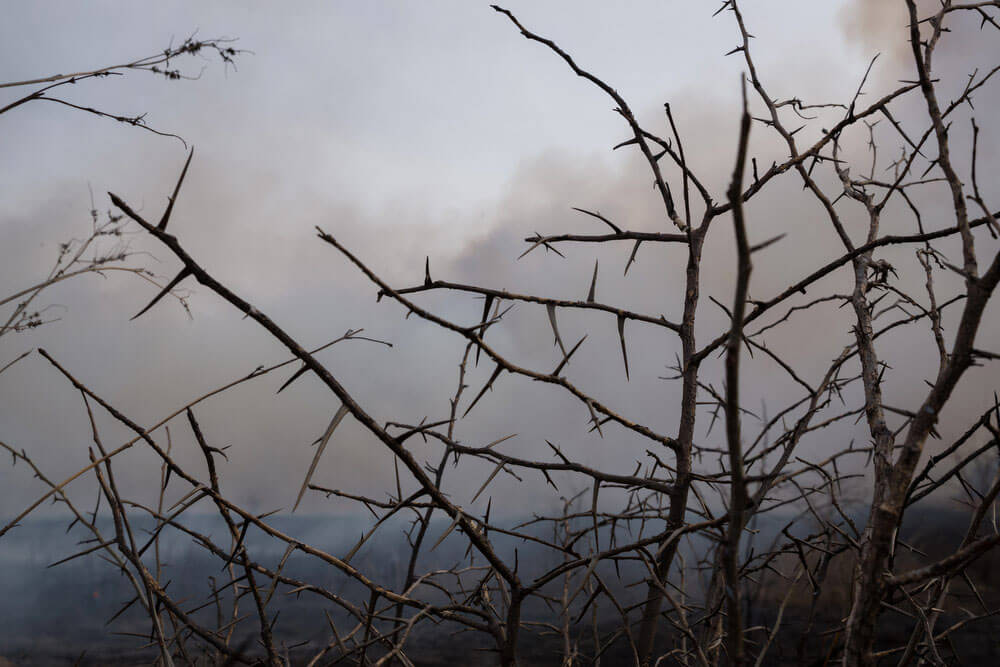
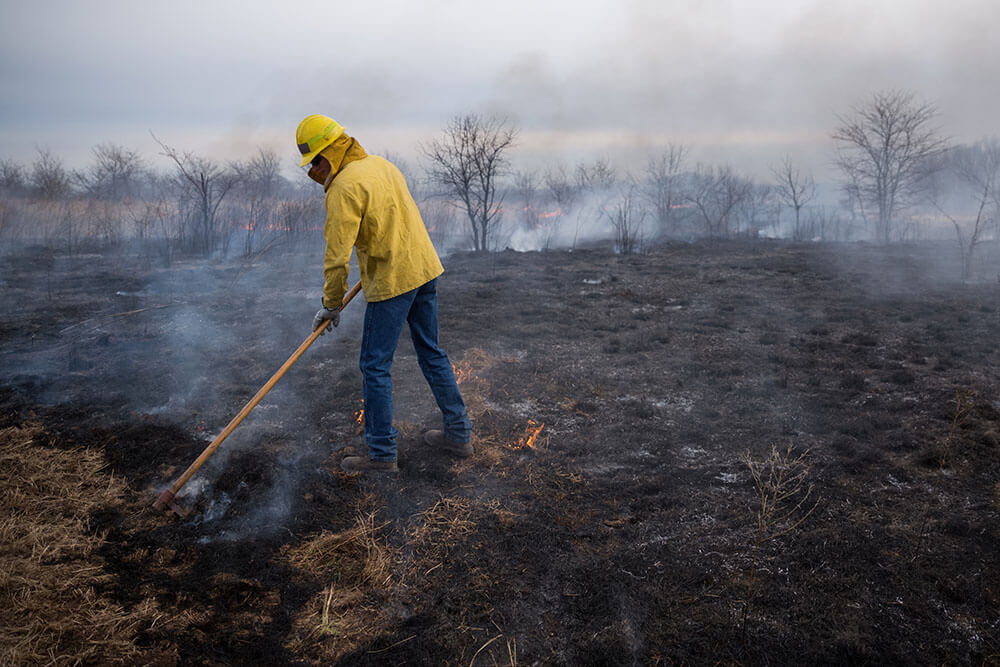
THE DIFFERENCE BETWEEN FREQUENCY AND RETURN INTERVAL
FIRE FREQUENCY
Fire frequency refers to the recurrence of fire in a given area over time and is often stated as the number of fires per unit time in a designated area.
FIRE RETURN INTERVAL
Fire return interval is the time between fires in a designated area.
PAST ARTICLES
For more information please visit noble.org/fire.
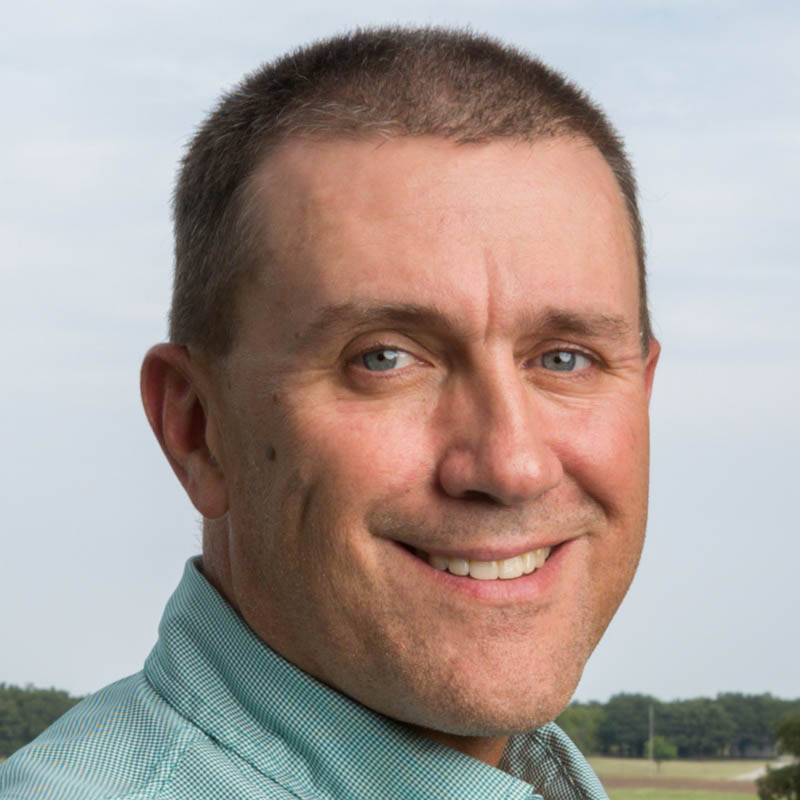
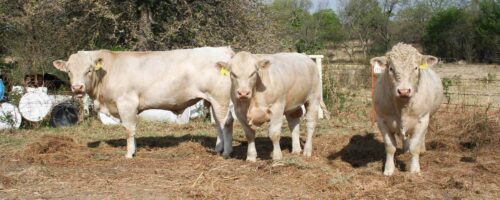
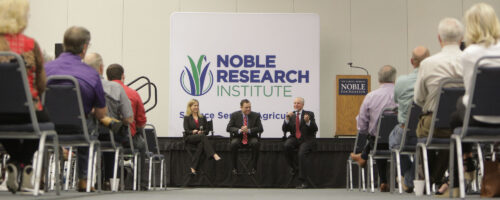
Comment